Drupal Framework as inbound marketing platform
Inbound marketing aims on being noticed by customers. It is about creating an effective & compelling content e.g. blog, newsletters, landing page, video etc. This gives an opportunity to the company to get the visitors to their website wherein they can be converted into prospects.
Inbound Marketing Vs Outbound Marketing
Traditional method of advertising e.g. cold calling, direct marketing, brochure distribution and advertising through Radio, Newspapers, TV etc are considered as outbound marketing and are considered obtrusive. Whereas in case of Inbound marketing, purpose is to help the customer to make decision and let them approaches the company through the website, email or telephone.
Techniques used in outbound marketing are poorly targeted as the company advertises its product or services irrespective of the customer’s needs. This kind of marketing interrupts the people who are watching TV shows or cricket match in the form of advertisement and is annoying. But inbound marketing methods create awareness and educate customers about the company’s product or services to people through various online platform. These platform enables scope of two-way interaction helping to build a good rapport and relationship with the customers, unlike outbound marketing.
How Drupal can be used as platform for inbound marketing?
Drupal as platform can be used in different aspect of an inbound marketing campaign.
- Attract - The first step for a campaign is to draw attention towards what you are trying to market. We need to know the right content, keywords, blog posts to pull their attention. Once the visitors are aware about the product, you can attract them with an effective content strategy. Drupal can be used for various channels of attracting users - Blogs integrated with social media, Product forum to boost online customer support and Social Commerce. Keyword Research Module can be used to extracts the keyword via content analysis UI from the website.
- Convert - When the visitors contact us to enquire about the product or service, it has to be converted into leads by using a call to action. The landing pages
isare ideal place to get the visitors give their personal information such as address, telephone number and email id in exchange for information about the product or service they are researching about. We can quickly create and test multiple landing pages using Drupal CMS. Based on conversion ratio, we can select the landing page which works best. - Closing - This is the process where the marketer has to handle the objections. Some of the common objections may be raised with respect to price, complacency, trust, fear of change etc. On answering these queries, there is a possibility that the customer may place the order. Leeds need to be prioritized to bring them through the sales process by sending emails. It is necessary to keep track of conversion tools that works the best. This can be done by closed-loop reporting using marketing tools. Drupal has proven capability to integrate with different enterprise as well as open source CRM applications including Marketing Automation tools. Few of the off the shelf module for integration purpose are - Salesforce Suite, Salesforce Webform Integration, Drupal to Sugar etc.
- Delight - It is essential to keep in touch with the customers after making a sale. They promote the business by referring the company to the people they know. They should be updated as and when a new product is launched.
Best part of inbound marketing is, you can measure everything, from how many downloads happened from specific pages or how many enquiries you have received from different landing pages or from where users are coming to and to what pages. These data helps you to refine further your marketing strategy.
Contact us to learn more how Valuebound can help your organization using Drupal framework for your new Inbound marketing initiative


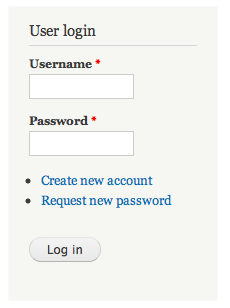
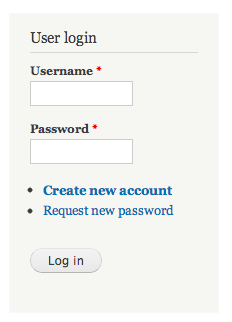


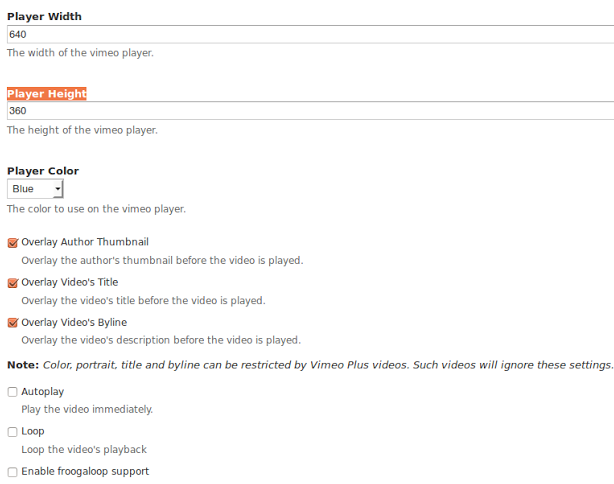

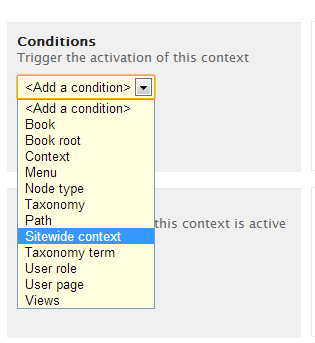
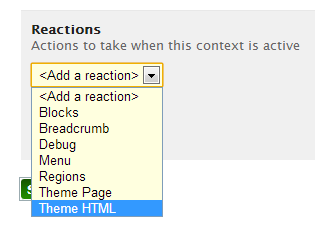
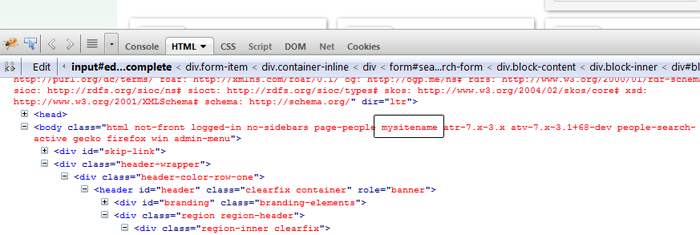
 HCL Technologies
HCL Technologies Mindtree
Mindtree [24]7
[24]7